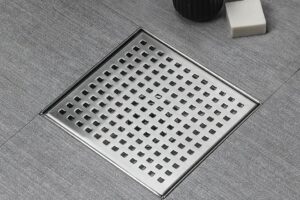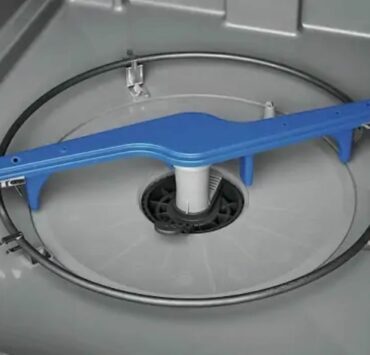If you’re planning on installing a kitchen sink under a window, it’s important to know how to vent it properly. Venting is necessary to ensure that the sink drains properly and to prevent any unpleasant odors from entering your home. In this blog, we’ll cover everything you need to know about how to vent a kitchen sink under a window.
Things You Need To Vent A Kitchen Sink Under A Window
- Piping
- P-trap
- Vent pipe
- Wall or roof vent
Why do You Need to Vent A Kitchen Sink?
Before you start the venting process, it’s important to understand why it’s necessary. A sink needs a vent to prevent water from being siphoned out of the drain trap when the sink is in use. The vent also allows air to enter the system, which helps the water flow smoothly down the drain.
How to Vent a Kitchen Sink Under a Window?
Install a P-trap
The first step in venting your kitchen sink is to install a P-trap. This is a curved pipe that connects the sink drain to the main drainage system. The P-trap prevents sewer gases from entering your home and also catches debris that might clog the drain.
Determine the Location of the Vent Pipe
Once you’ve installed the P-trap, you’ll need to determine the location of the vent pipe. The vent pipe is usually installed on the roof or exterior wall of your home. It should be located as close as possible to the sink and at least 6 inches above the sink rim.
Install the Vent Pipe
After you’ve determined the location of the vent pipe, you’ll need to install it. The vent pipe is usually 1 1/2 inches in diameter and is installed vertically. It should be connected to the main drainage system and extend all the way to the roof or exterior wall of your home.
Connect the Sink Drain to the Vent Pipe
Once the vent pipe is installed, you’ll need to connect the sink drain to it. This is done by installing a tee fitting in the drain line and connecting it to the vent pipe. The tee fitting should be located as close as possible to the sink and at least 6 inches above the P-trap.
Install a Wall or Roof Vent
The final step in venting your kitchen sink is to install a wall or roof vent. This will allow air to enter the system and prevent any unpleasant odors from entering your home. The vent should be installed as close as possible to the sink and at least 6 inches above the sink rim.
In conclusion, venting a kitchen sink under a window is an important step in ensuring that your sink drains properly and that no unpleasant odors enter your home. To vent your sink, you’ll need to install a P-trap, vent pipe, wall or roof vent, and connect the sink drain to the vent pipe. With these steps, you can easily and effectively vent your kitchen sink under a window.
Watch thise video to learn how to vent a kitchen sink under a window step by step:









